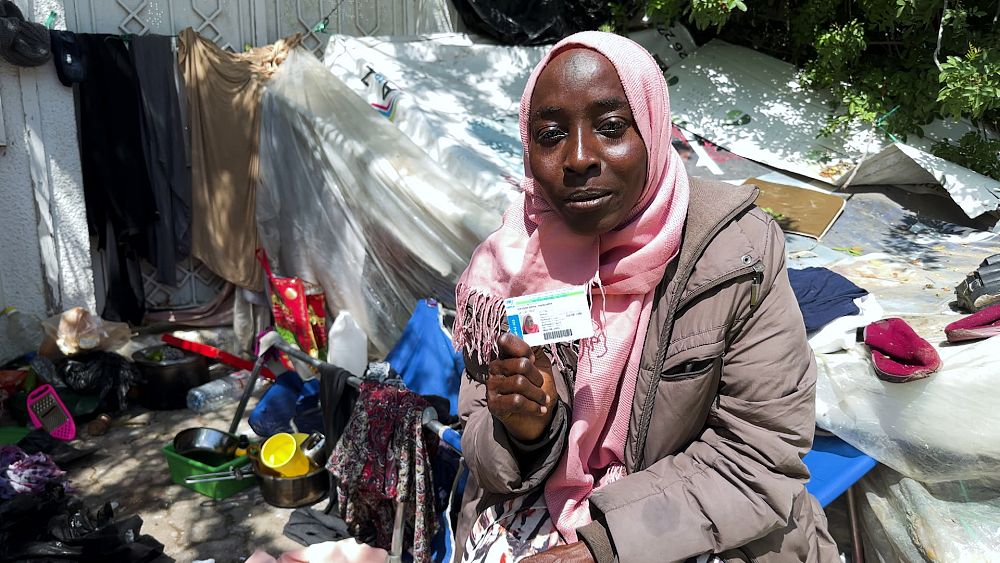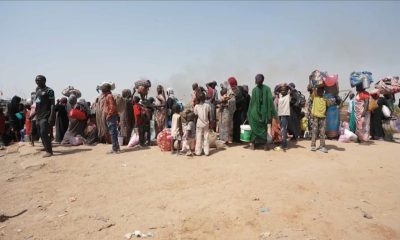General News
Migrant crisis in the Mediterranean: From Tunisia to Italy, who are those fleeing to Europe?

In this episode of Witness, we travel to Tunisia to hear the harrowing stories of migrants from the sub-Sahara and Tunisians themselves willing to risk their lives to escape war, political instability, and unemployment.
Migrant arrivals by sea continue to soar in Italy, with almost 49,000 from January to May 2023. Most of those travelling across the central Mediterranean route come from sub-Saharan countries and are leaving from Tunisia.
Our reporter Monica Pinna travels there to tell you the stories of those who are fleeing.
Rising hostilities
Tunisia has traditionally been used as a transit route by migrants. But recent flares in conflicts and growing insecurity in Libya have boosted the numbers of sub-Saharan migrants arriving in the country.
The Tunisian government responded with a crackdown on illegal migrants. Then in February, President Kais Saied delivered a speech in which he claimed that sub-Saharan migrants threaten the country’s identity.
This triggered a wave of xenophobia against foreigners that made life almost impossible for most migrants.
“I lost my job. I lost my house. All citizens in Tunisia, started to kick us out,” revealed a South Sudanese migrant who has lived in Tunisia since 2016.
“We are dying here. We need a safe place. We don’t care if that place is in Africa or anywhere else. We want to go,” said another South Sudanese refugee.
These refugees are part of a group of about 150 who have been camping for months in front of the UN’s migration agency, the International Organization for Migration, (IOM). They want an urgent evacuation to a third country.
Migrants hasten to Europe
There are thought to be around 21,000 Sub-Saharans in Tunisia, including migrants, asylum seekers and refugees.
Some have already gone back to their countries through voluntary repatriations. But experts say what is happening in Tunisia is causing a spike in the kinds of tragedies that continue to occur in the Mediterranean Sea, and which are shocking the whole of Europe.
“Following the President’s speech, many decided to speed up their departure,” explained Romdhane Ben Amor, spokesperson for the Tunisian Forum for Social and Economic Justice. “They have fled without caring too much about the consequences.”
Since the end of last year, Tunisia has become the main country of embarkation for migrants travelling to Europe.
But it is not only sub-Saharan migrants embarking on the Central Mediterranean crossing. Tunisians are also leaving but for different reasons.
Political instability following the dissolution of the parliament in 2020, youth unemployment, rising inflation and food prices are driving increasing numbers of Tunisians to migrate to Europe.
“There’s a big difference if you compare living today to two, or three years ago,” says Bechir, a father of two who is saving up his money in hopes of being able to leave the country.
“I was paid less but was able to save up more. Nowadays you can’t save up anything you just work to eat and live.”
The EU and Italy have reacted by giving Tunisia more financial and technical help for border control.
Human rights groups say Tunisia as it is not a safe country for migrants, and accuse Brussels and Rome of trying to contain illegal migration to Europe at any cost.
Watch Monica Pinna’s full report from Tunisia in the video player above
Disclaimer: No copyright infringement intended. All rights and credits reserved to respective owner(s).























